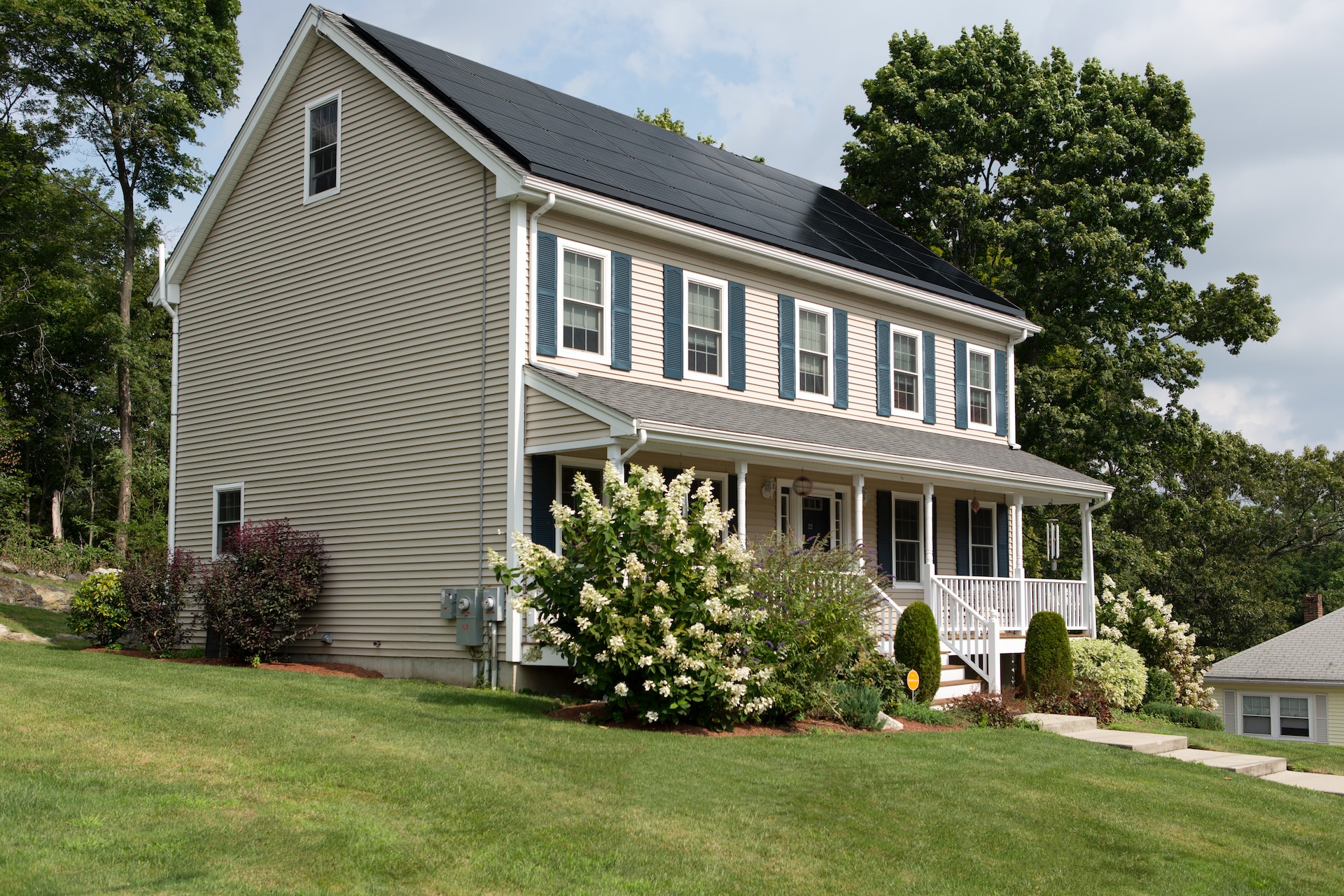It’s impossible to overstate the importance of understanding home insurance deductibles. These seemingly straightforward figures, buried within the depths of your policy, carry implications for your coverage, premiums, and financial responsibilities in the event of a claim. So, what do you need to know about home insurance deductibles?
What are home insurance deductibles?
Home insurance deductibles represent the portion of any claim’s cost that falls on your shoulders. Before your insurer steps in to cover the remaining expenses, you must pay this amount out-of-pocket.
Simply put, a deductible is your contribution to the risk pool – your “skin in the game,” so to speak. This concept helps ensure policyholders share some responsibility for their property’s maintenance and protection, discouraging frivolous claims and promoting cautious homeownership.
Your deductible level directly impacts your home insurance premium, the regular payment you make to maintain your insurance coverage. A higher deductible usually translates to lower premiums, as it minimizes the insurer’s risk by increasing your financial contribution in case of a claim. Conversely, a lower deductible may lead to higher premiums.
Types of home insurance deductibles
There are different types of home insurance deductibles:
Flat Dollar Amount Deductibles
A flat dollar amount deductible is a specific amount you agree to pay when you file a claim. For instance, if you have a $1,000 deductible and incur $5,000 in damages, you will pay $1,000, and your insurance will cover the remaining $4,000. This type of deductible is straightforward and commonly used in many home insurance policies.
Percentage-Based Deductibles
Percentage-based deductibles are calculated as a percentage of your home’s insured value. For example, if your home is insured for $200,000 and you have a 2% deductible, your deductible amount would be $4,000. This type of deductible is often found in policies covering high-risk areas prone to natural disasters like hurricanes or earthquakes.
Key Differences and Considerations
- Predictability: Flat dollar amount deductibles are predictable and easy to understand. You know exactly how much you’ll need to pay in the event of a claim.
- Variable Costs: Percentage-based deductibles can vary significantly based on the value of your home. As your home’s value increases, so does your deductible amount.
- Risk Assessment: When choosing between these deductibles, consider your location and the likelihood of natural disasters. Percentage-based deductibles might be higher, but they could offer more comprehensive coverage for certain risks.
Factors That Influence Your Home Insurance Deductible
Choosing the right deductible for your home insurance policy involves understanding the various factors influencing deductible amounts. Here are some key elements to consider:
- Value of Your Home: The value of your home directly impacts the deductible amount. Higher-value homes often come with higher percentage-based deductibles. It’s essential to balance your deductible with the value of your property to ensure adequate coverage.
- Location: Your geographical location plays a significant role in determining your deductible. Homes in areas prone to natural disasters, such as hurricanes, earthquakes, or floods, often have higher deductibles to offset the increased risk to insurers.
- Type of Insurance Policy: Different types of home insurance policies offer varying deductible options. Standard policies might offer flat dollar amount deductibles, while specialized policies for high-risk areas may include percentage-based deductibles.
- Insurance Provider: Each insurance provider has its own set of rules and pricing structures. Comparing quotes from multiple providers can help you find the best balance between premium costs and deductible amounts.
- Claim History: Your personal claim history can influence your deductible. Frequent claims might lead insurers to impose higher deductibles to minimize their risk.
- Coverage Limits: Higher coverage limits typically come with higher deductibles. If you opt for extensive coverage, be prepared for a corresponding increase in your deductible.
- Financial Considerations: Assess your financial situation when choosing a deductible. Higher deductibles lower your premium but require more out-of-pocket expenses in the event of a claim. Ensure you have enough savings to cover the deductible if necessary.
To sum up, a deductible in home insurance refers to a sum you cover for home damages before the insurance covers the remaining costs. Opting for a higher deductible results in lower insurance premium payments, so assess the potential impact of a significant, unforeseen expense on your financial situation when determining the appropriate deductible.
Although homeowners insurance is mandatory for most mortgages, additional policies may be necessary based on your location. We recommend speaking with an insurance professional if you are purchasing a house and seeking guidance on the required insurance coverage.




